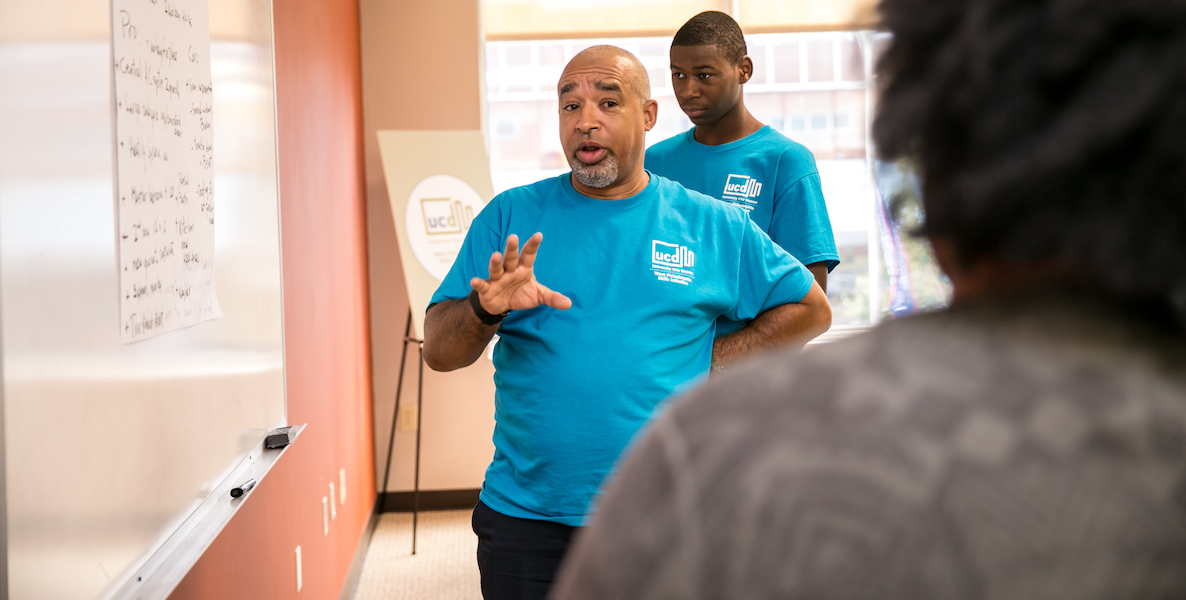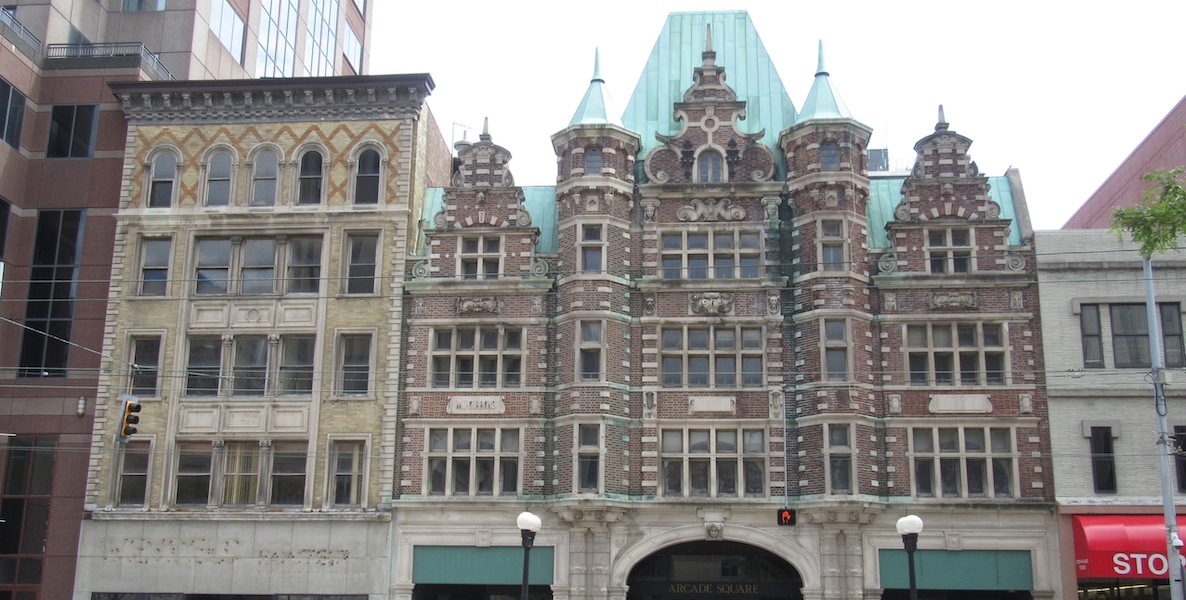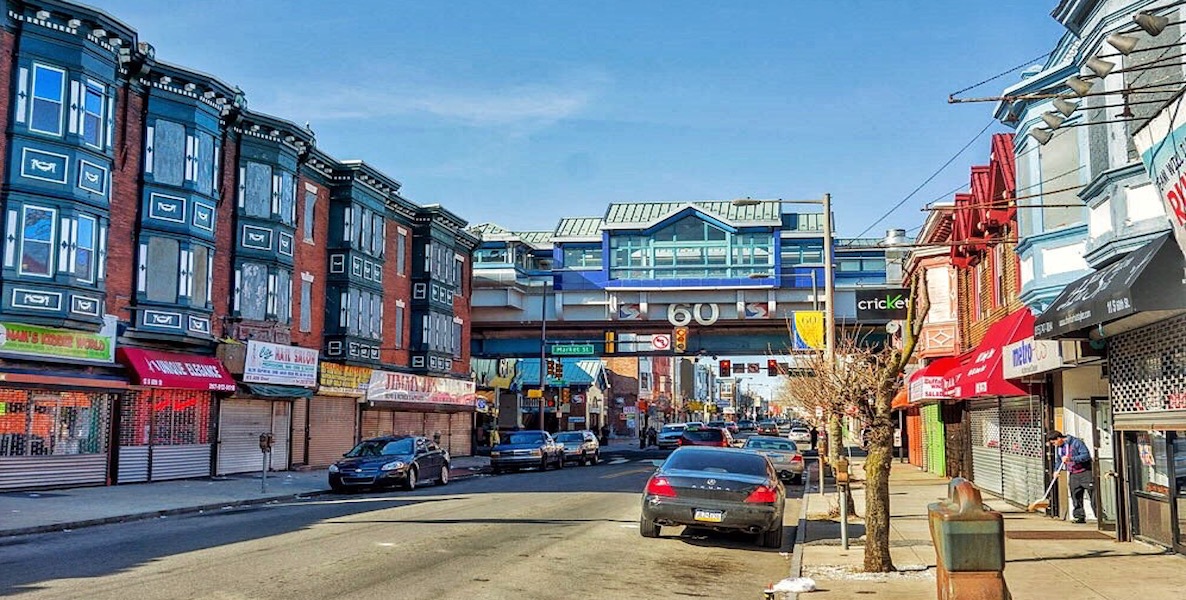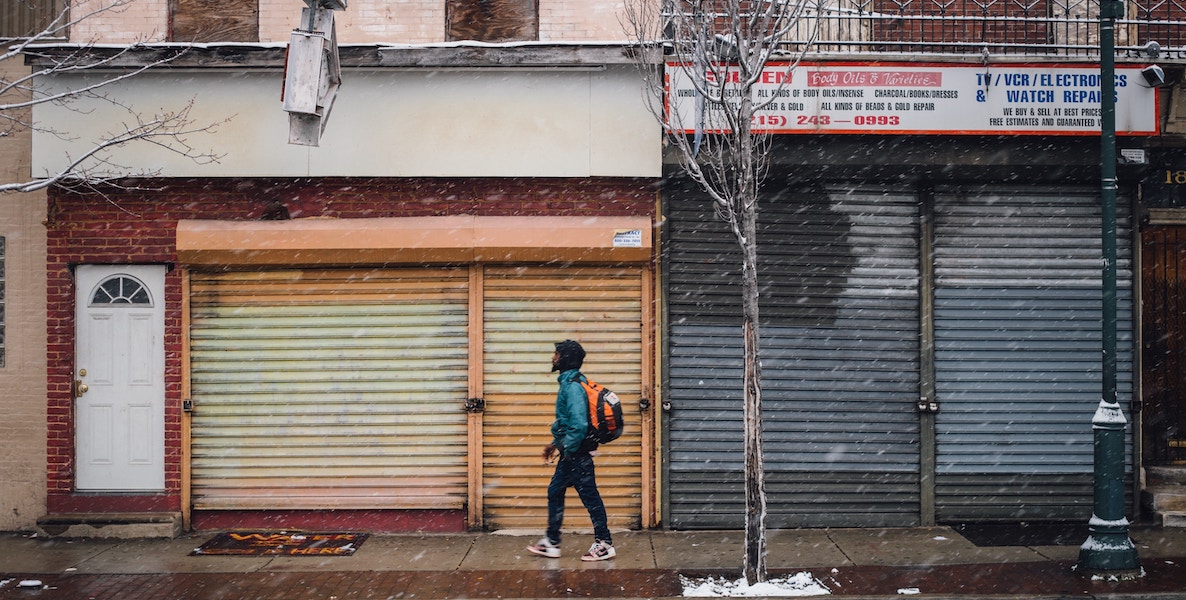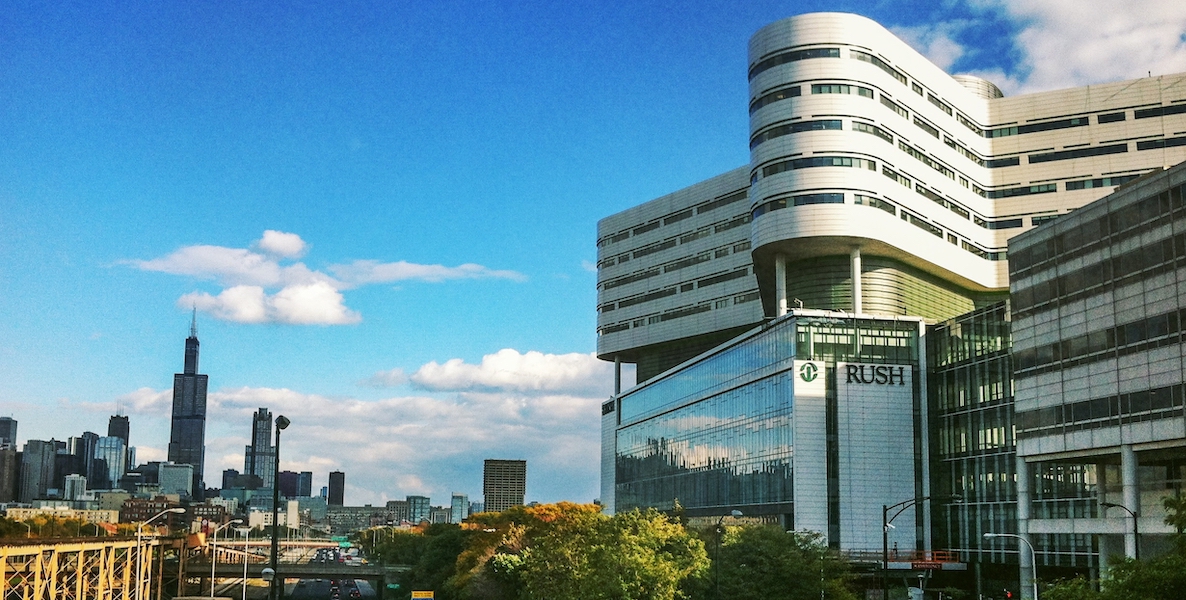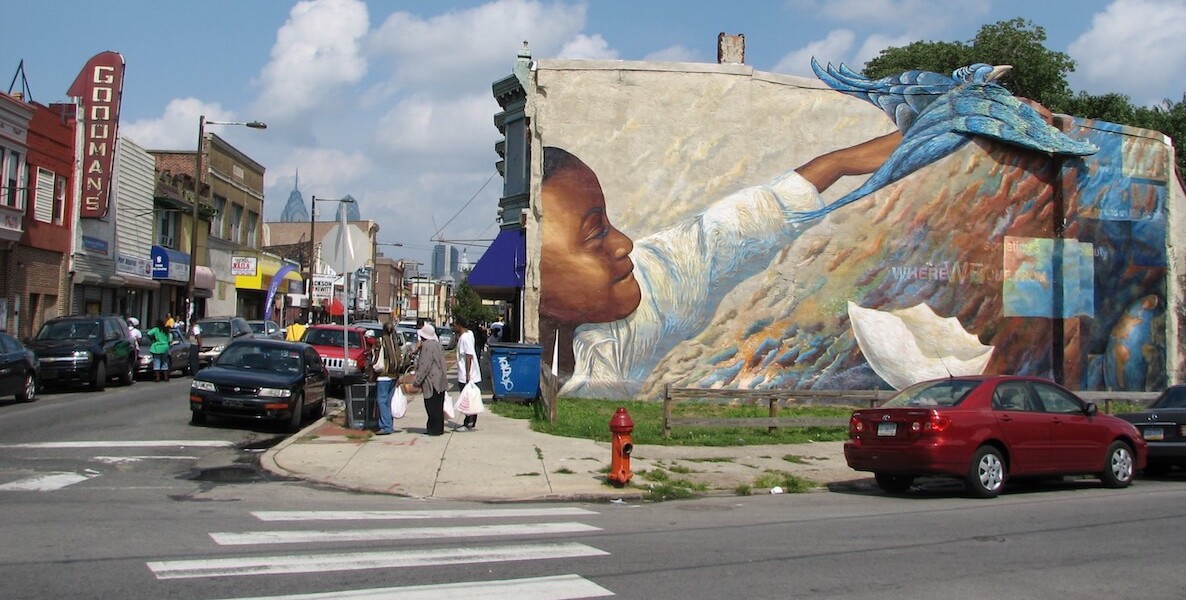A new year is a time to plan, which is always a bit daunting for someone like me who likes to dabble, gets easily distracted and is always captured (if not obsessed) by the new and novel. But I did spend some time during the holiday break thinking about how to make 2020 The Year of Advancing Community Wealth, drawing upon the work that I have been doing with Ross Baird, Rick Jacobs, my colleagues at Drexel and a group of remarkable practitioners and organizations from around the country.
As Ross and I wrote last October in Towards a System of Community Wealth:
The United States is witnessing a radical shift—a quiet revolution—in its approach to the revitalization of distressed urban communities.
For almost sixty years, the U.S. has dutifully delivered a top-down “Community Development” system, narrowly focusing on producing low-income rental housing with a mix of federal tax incentives, federally encouraged bank debt and direct federal subsidies.
Over the past decade, a new system has begun to emerge, focused on developing people rather than buildings, with a blend of public, private, civic and community leadership and capital.
This system, which we label “Community Wealth,” is being raised bottom up, and is fundamentally committed to upgrading skills, growing entrepreneurs, increasing incomes and building assets.
If codified and routinized, this system has the potential to bring hundreds of billions of market and civic capital off the sidelines into productive use and drive transformative outcomes for disadvantaged communities across the country.
The key word is “system,” which requires norms, models and routines to be captured, codified and spread. My focus over the break was on one aspect of system development, namely imagining and building a strong urban infrastructure of institutions and intermediaries—within cities and across cities—that deliver five separate but related elements of Community Wealth: creating business demand, nurturing entrepreneurs, upgrading the skills of workers, spurring inclusive development and capitalizing all of the above.
The very good news is that replicable, adaptable, scale-able models are either already out there or in the process of being created:
On business demand, Cleveland’s anchor institutions have built a model for sizing, aggregating and channeling the procurement needs of universities and hospitals towards local business formation and growth. University Hospitals was a key initiator and leader alongside the City of Cleveland and the Cleveland Foundation in this civic-led partnership.
These efforts in true American style are happening organically, in a distributed, mostly uncoordinated fashion. It is a hallmark of U.S.-style innovation—messy and chaotic, but potentially transformative.
The Evergreen Cooperative Initiative is a crucial partner in the endeavor to extend the reach of this program into low-income neighborhoods. By taking a jobs-first approach and then finding and training workers, Evergreen helps create employee-owned businesses with a pipeline to local anchors.
On entrepreneurial growth, the Cincinnati Minority Business Accelerator has become a model for nurturing, mentoring and helping capitalize firms that are owned by African Americans and Hispanics, have annual revenues of $1 million or more and have the potential for accelerated growth within two to five years.
Here's a quick version of this storyShort on Time?
The accelerator now has a three-pronged strategy, armed with a new Kauffman Foundation grant. It seeks to identify 50 growing companies over the next five years as part of its portfolio. It is also working with REDI Cincinnati, the lead economic development agency for the region, to bring more minority firms into the manufacturing, aerospace, and chemicals sectors.
Finally, the accelerator is seeking to grow minority businesses by acquiring other businesses with no succession plans. The linking up of this model with groups like Living Cities, PolicyLink, Next Street and the Surdna Foundation is a very positive sign.
On skills development, I recently partnered with the Boston Consulting Group’s Centre for Public Impact to release a City Case on the West Philadelphia Skills Initiative. This is a brilliant “hire local” complement to Cleveland’s “buy local” strategy (although both models do both), which can be adopted by every eds and meds district in the country that borders high poverty neighborhoods (and there are many).
More broadly, I have become quite impressed by Rhode Island’s Real Jobs RI. Rhode Island is pioneering a systematic approach to workforce development that combines:
- A data-driven assessment of distinctive advanced industry clusters, ranging from bio med innovation to submarine production
- Company- and cluster-driven skills training (e.g., with firms driving curriculum development and on-the-job engagement)
- An integrated approach across high schools, community colleges, workforce development programs and four year colleges and universities.
In many respects, Rhode Island is developing a Tech Adjustment Initiative to help workers, companies and clusters master the next-generation technologies (e.g., cyber security, artificial intelligence, machine learning, robotics) that are sweeping through the economy.
On inclusive development, I have written with colleagues about the remarkable accomplishments of Cincinnati’s Center City Development Corporation (“3CDC”) and the searching experimentation of Shift Capital, Impact Services Corporations and other partners in the North Kensington neighborhood around a new “Neighborhood Trust” model for community revitalization.
What we are witnessing is a dynamic set of disparate efforts by a diverse set of cities and constituencies to create new systems of community wealth—bottom-up and locally based development strategies that look beyond prior limited goals.
There is a lot going on in this space, but the general gist is a new kind of “whole neighborhood” development that enables value to be created and captured for cross-subsidization and, in some cases, re-investment through repurposed community intermediaries.
Finally, there is a promising group of innovations underway around capital formation and capital deployment, so ultimately the things we want—skilled workers, solid companies, quality communities, affordable housing—actually get financed with new blends of private, public and civic resources via strong institutions and intermediaries.
Some of this reflects the maturing and evolution of community development finance institutions which have evolved since their inception in the 1980s, both those that operate nationally like The Reinvestment Fund and those that operate at the local or regional scale like the Kansas City-based AltCap and the Oakland based ICA Fund Good Jobs. Some of this reflects the early work of Opportunity Funds like Blueprint Local, ArcTaris and CapZone. And some of this reflects the evolution of pension funds and other institutional investors.
Advocate for local policy changeDo Something
These efforts in true American style are happening organically, in a distributed, mostly uncoordinated fashion. It is a hallmark of U.S.-style innovation—messy and chaotic, but potentially transformative.
If 2020 is going to be the Year of Advancing Community Wealth, two things need to happen simultaneously:
- On one level, we need to codify the new governance features and innovative practices used by leading urban institutions and intermediaries so we can speed replication horizontally across cities. The “devil is in the details” around data collection, business planning, product analysis, legal documentation, board governance and the like. To the greatest extent possible, we need to break down and demystify processes so that adaptation can happen seamlessly and structural transformation can occur.
- We also need to start the related process of reverse engineering federal policy so that local innovation can inform and drive the next round of federal policies and incentives (in the hope that sanity returns to Washington in 2021). The Community Wealth innovation underway implicates the very mission, organization and staffing of federal agencies like HUD, Labor, SBA and EDA as well as the details of federal policies like the Community Reinvestment Act and beyond.
Welcome to 2020!
Bruce Katz is the director of the Nowak Metro Finance Lab at Drexel University, created to help cities design new institutions and mechanisms that harness public, private and civic capital for transformative investment.
Want more? Check out these related articles:
- This West Philly jobs initiative is the model for inclusive growth cities need
- What the Dayton Arcade Project can teach all cities about urban renewal
- How to win at revitalizing underserved communities at a local and national level



